Flag of Nigeria
The flag of Nigeria was designed in 1959 and first officially hoisted on 1 October 1960. The flag has three vertical bands of green, white, green. The two green stripes represent natural wealth, and the white represent peace and unity
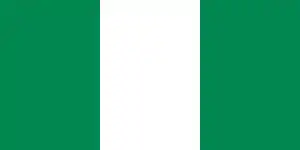 | |
| Use | National flag |
|---|---|
| Proportion | 1:2 |
| Adopted | 1 October 1960 |
| Design | A vertical bicolour triband of green, white and green |
| Designed by | Michael Taiwo Akinkunmi |
.svg.png.webp) Variant flag of Federal Republic of Nigeria | |
| Use | State flag |
| Proportion | 1:2 |
| Design | A vertical bicolour triband of a green, white and green; charged with the coat of arms in the centre |
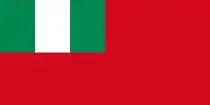 Variant flag of Federal Republic of Nigeria | |
| Use | Civil ensign |
| Proportion | 1:2 |
| Design | A red field with the national flag, in the canton |
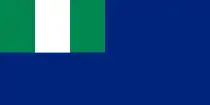 Variant flag of Federal Republic of Nigeria | |
| Use | State ensign |
| Proportion | 1:2 |
| Design | A blue field with the national flag, in the canton |
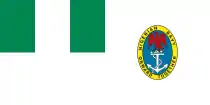 Variant flag of Federal Republic of Nigeria | |
| Use | Naval ensign |
| Proportion | 1:2 |
| Design | A red field with the national flag in the canton, with the Naval seal in the fly. |
 Variant flag of Federal Republic of Nigeria | |
| Use | Air force ensign |
| Proportion | 1:2 |
| Design | A sky-blue field with the national flag in the canton, with the air force roundel in the fly. |
Design
The flag is an adaptation of the winning entry from Michael Taiwo Akinkunmi in a competition held in 1959. Akinkunmi was a 23-year-old student at the time he designed the flag. He was studying at Norwood Technical College in London, England, when he saw an advertisement in a newspaper that submissions were being accepted for the design of a new national flag of Nigeria. The original submission had a red radiating sun badge in the central white vertical band with a green vertical band on each side. After the badge was removed by the judges, the flag has remained unchanged. It was first officially used on 1 October 1960, the day Nigeria was granted independence from the United Kingdom.[1]
Nigeria has special ensigns for civil and naval vessels. Some of its states also have flags.[2]
Colour specifications
| Colour scheme | Green | White | ||
|---|---|---|---|---|
| RAL | None |
9003 Signal white | ||
| CMYK | 100.0.39.47 | 0.0.0.0 | ||
| Hexadecimals | #008753 | #FFFFFF | ||
| Decimals | 0,135,83 | 255,255,255 | ||
Other flags
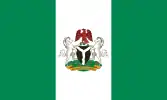 Flag of the President of Nigeria
Flag of the President of Nigeria.svg.png.webp) Flag of the President as Commander-in-chief of the Armed Forces
Flag of the President as Commander-in-chief of the Armed Forces.svg.png.webp) Former flag of the President, adopted in 1963
Former flag of the President, adopted in 1963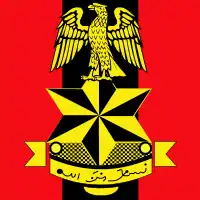 Flag of the Nigerian Army
Flag of the Nigerian Army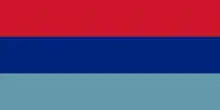 Flag of the Nigerian Defence Forces
Flag of the Nigerian Defence Forces.svg.png.webp) Naval ensign of Nigeria (1960—98)
Naval ensign of Nigeria (1960—98).svg.png.webp) Akinkunmi's original proposal
Akinkunmi's original proposal
Historical flags
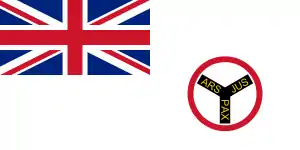 Flag of the Royal Niger Company (1887—88)
Flag of the Royal Niger Company (1887—88).svg.png.webp) Flag of the Royal Niger Company (1888—99)
Flag of the Royal Niger Company (1888—99).svg.png.webp) Flag of the British West African Settlements
Flag of the British West African Settlements.svg.png.webp) Flag of the Lagos Colony (1886—1906)
Flag of the Lagos Colony (1886—1906).svg.png.webp) Flag of the Oil Rivers Protectorate
Flag of the Oil Rivers Protectorate.svg.png.webp) Flag of the Niger Coast Protectorate
Flag of the Niger Coast Protectorate.svg.png.webp) Flag of the Northern Nigeria Protectorate (1900—14)
Flag of the Northern Nigeria Protectorate (1900—14).svg.png.webp) Flag of the Southern Nigeria Protectorate (1900—14)
Flag of the Southern Nigeria Protectorate (1900—14).svg.png.webp) Flag of the Colony and Protectorate of Nigeria (1914—52)
Flag of the Colony and Protectorate of Nigeria (1914—52).svg.png.webp) Flag of the Colony and Protectorate of Nigeria (1952—60)
Flag of the Colony and Protectorate of Nigeria (1952—60)
Subnational flags










.png.webp) Federal Capital Territory
Federal Capital Territory
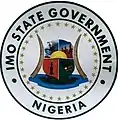

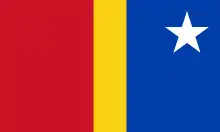
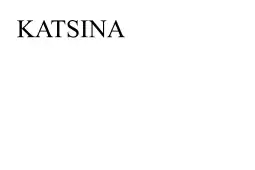











References
- "Archived copy". Archived from the original on 2014-07-14. Retrieved 2014-06-30.CS1 maint: archived copy as title (link)
- Nigeria: One Nation, Many Flags
External links
| Wikimedia Commons has media related to Flags of Nigeria. |
